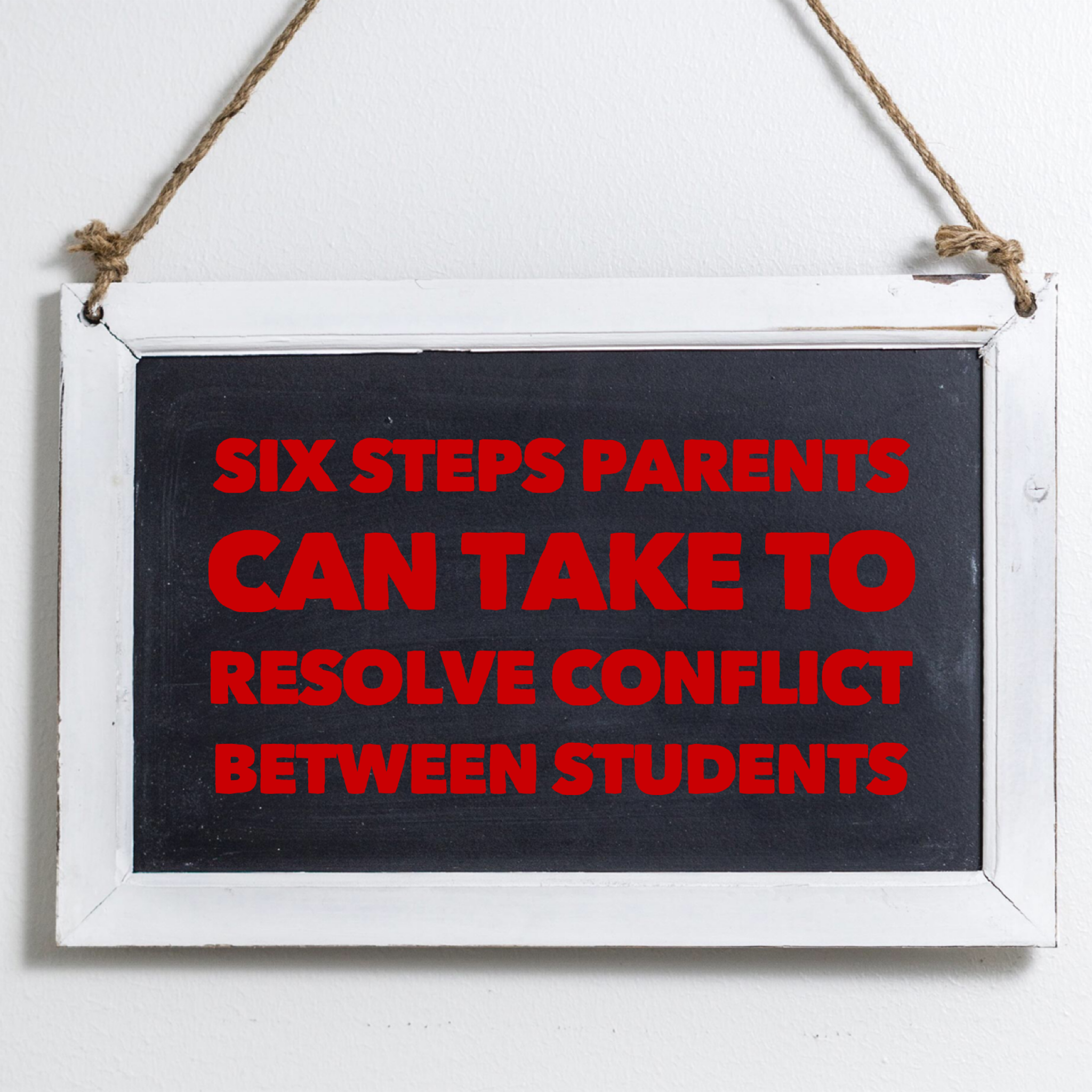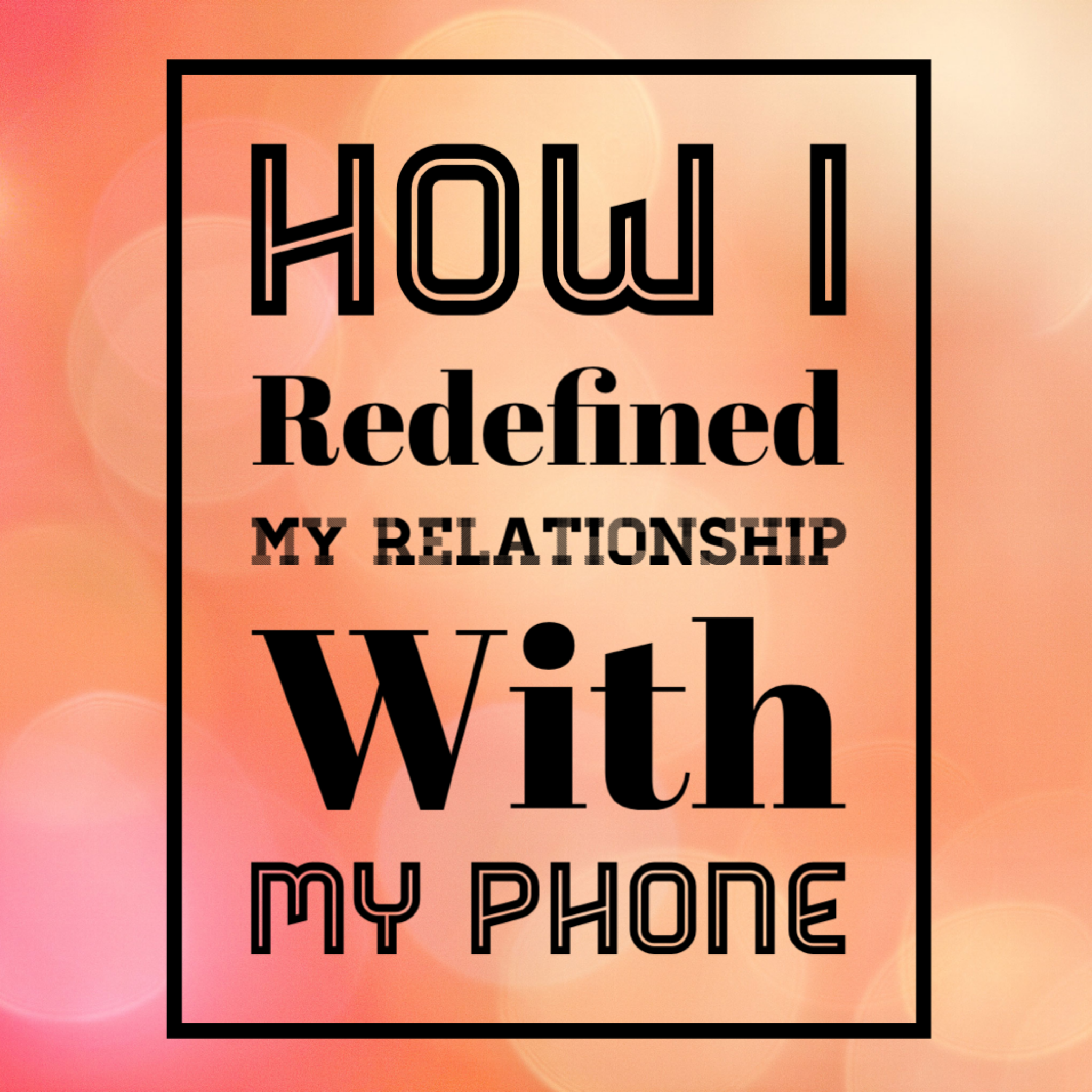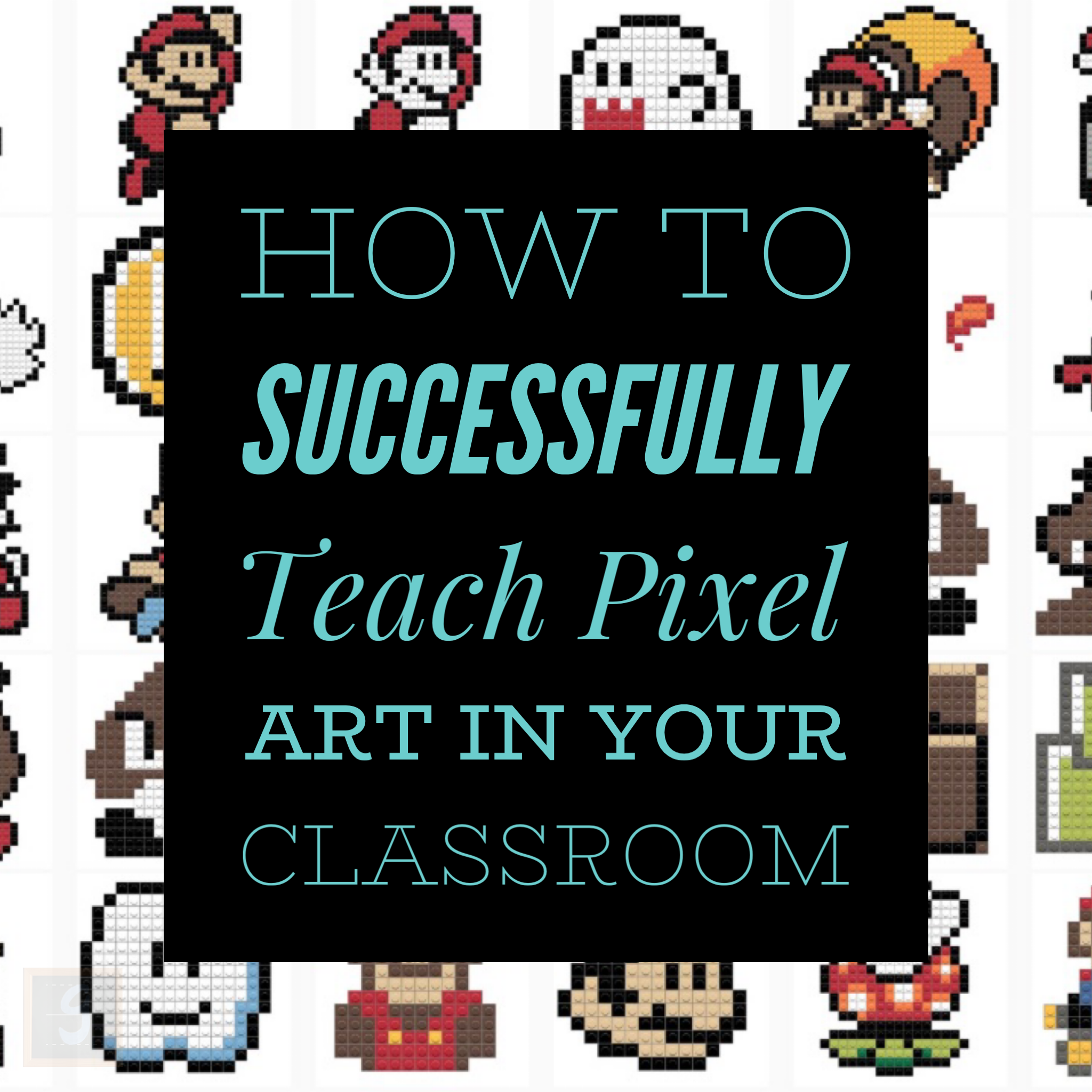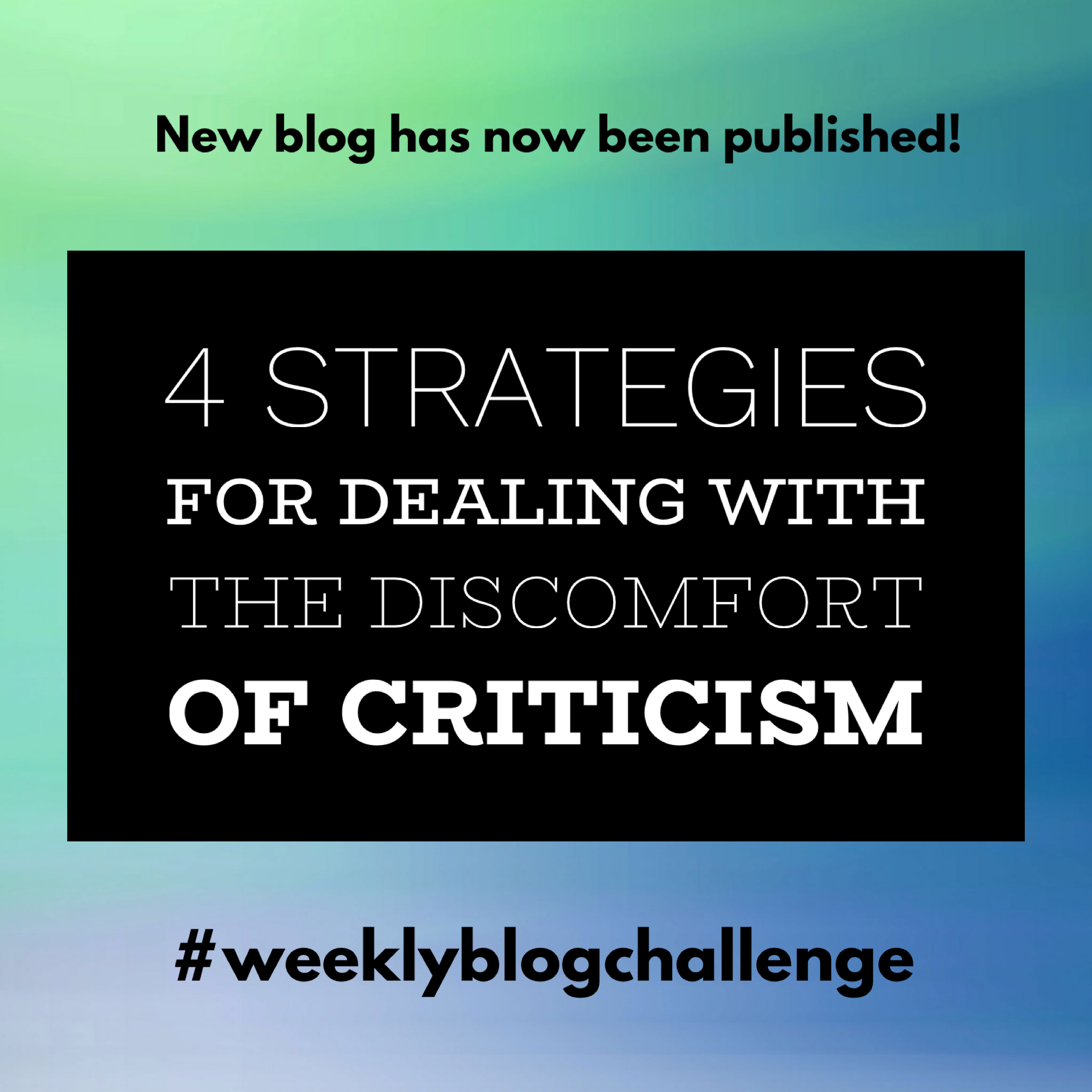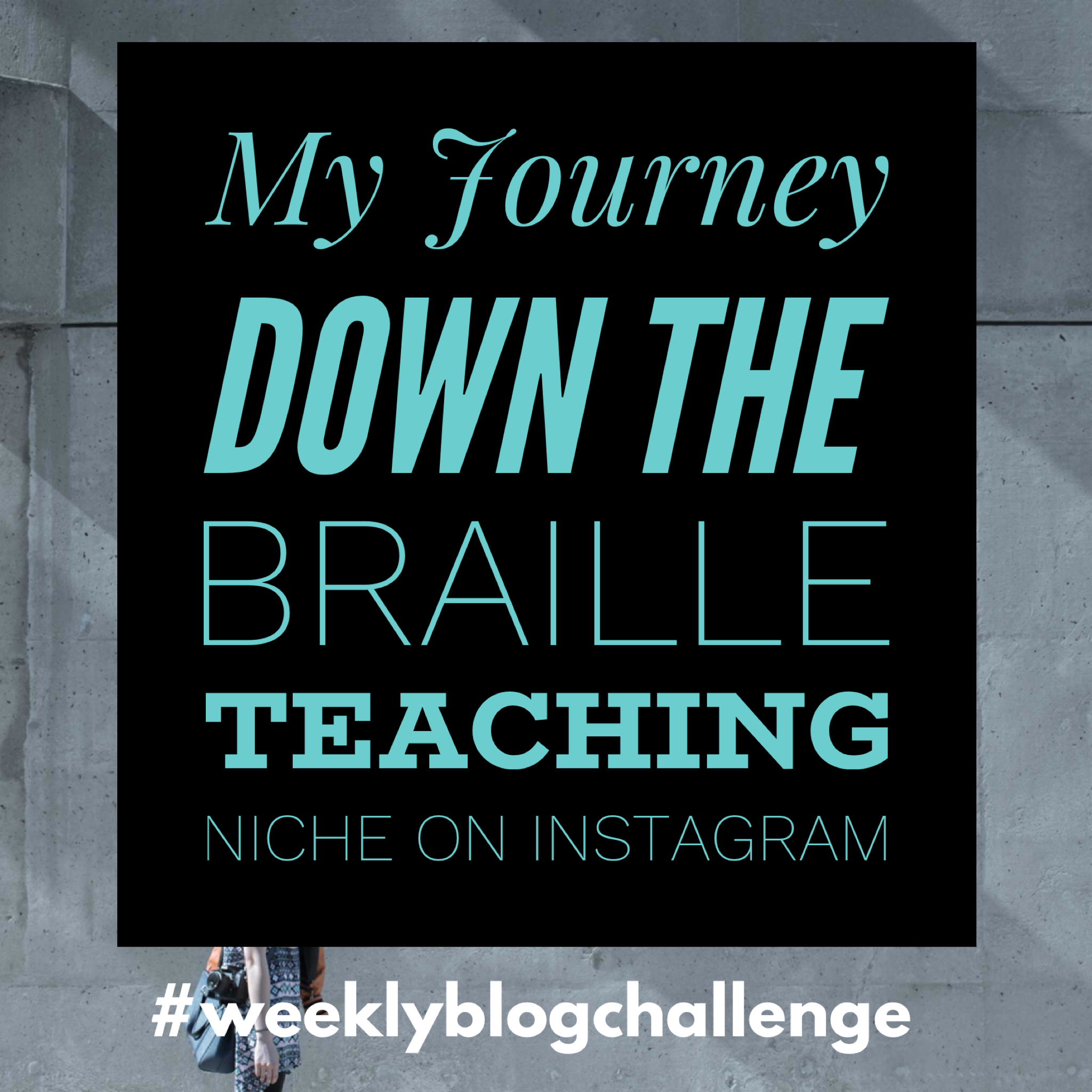Parents have an incredibly important role to play in their child’s education. Research shows that they are, by far, the most important factor in determining their child’s future success at school. It’s even more important than the role of the teacher! Throughout your child’s journey at school they will experience conflict and parents need to understand the best ways of dealing with this inevitable life experience. Before I discuss the best ways of dealing with conflict, I need to talk about a common misunderstanding that parents have about bullying.
Conflict is not bullying
Many parents don’t know the actual definition of bullying and frequently confuse this with normal everyday conflict. Here is what bullyingnoway.gov.au defines as bullying:
Bullying is an ongoing and deliberate misuse of power in relationships through repeated verbal, physical and/or social behaviour that intends to cause physical, social and/or psychological harm. It can involve an individual or a group misusing their power, or perceived power, over one or more persons who feel unable to stop it from happening.
Bullying can happen in person or online, via various digital platforms and devices and it can be obvious (overt) or hidden (covert). Bullying behaviour is repeated, or has the potential to be repeated, over time (for example, through sharing of digital records).
Bullying of any form or for any reason can have immediate, medium and long-term effects on those involved, including bystanders. Single incidents and conflict or fights between equals, whether in person or online, are not defined as bullying.
In its simplest terms there are three main features to bullying:
One side misuses power over another
It is repeated over time
And it causes harm to the victim
Bullyingnoway.gov.au goes on to also say that bullying is not:
mutual arguments and disagreements (where there is no power imbalance)
not liking someone or a single act of social rejection
one-off acts of meanness or spite
isolated incidents of aggression, intimidation or violence
Now that we understand the definition of bullying and what it’s not; let’s examine the six steps parents can take to resolve conflict.
Step 1– Take a deep breath
When your child comes home and tells you about an incident that happened at school you must look at the situation dispassionately. I know exactly how hard this is because at one point in my teaching career my daughter went to the same school that I taught at. It is important to remember that there are always two sides to every story, even with your own child. Having been in this job for a while and having sorted out a LOT of conflict between children I can confidently say that most of them will . . .
1. lie to you and/or
2. down play their role in the conflict and/or
3. deliberately omit certain information.
I find that over half of all children resort to these three things instead of being completely honest with the teacher. If you go into a meeting with the principal or your child’s classroom teacher without having considered these three things then you might be surprised, even shocked, at what your child is capable of doing when you’re not present.
Before approaching the school I suggest that you ask your child the following questions.
· Tell me what happened?
· What did you do when this happened?
· Did you tell the teacher?
· Who else was there? Did they see what happened?
· Did you say anything to them before this happened?
· Did you say anything to them after this happened?
· Did anything happen the day before?
· Is this the first time its happened or have there been other times?
· Is there anything about this that you’re not telling me?
Step 2 – Teach your child strategies to resolve everyday conflict
A lot of conflict at school can be resolved by teaching your child strategies to resolve the conflict themselves. At some point your children are going to spread their wings and try to make it on their own in this big wide world. When you think about it, this is the whole point of education and good parenting. The worst thing you can do is to swoop in and try to save your child at the slightest hint of conflict at school. This is called ‘helicopter’ and ‘lawnmower’ parenting. Now obviously it’s unrealistic to expect a lower primary school student to have all these strategies mastered but it is a skill worthy of mastering before high school. I will post an in-depth blog about what students can use to resolve conflict themselves next week.
Step 3 – Tell your child to get help from the teacher if nothing works
I would have to say one of the most frustrating parts of my job is when children do not seek help from the teacher. Sometimes when parents contact me about conflict and allegations of bullying it has usually been going on for a while and the child has said nothing to me. Teachers must ensure that they closely supervise the children under their care; however, it is impossible for a teacher to see everything that happens at school. When teachers are aware of a problem, we can actively monitor and look out for students both in the classroom and the playground.
If the student has tried a suitable strategy to resolve the conflict and it hasn’t worked, then they must get the teacher to assist with a resolution. It’s perfectly ok to seek help with conflict when it gets worse and yes, they can get the teacher immediately if its serious! Even when students are unsure, it’s still ok to get the teacher. While teachers continually reinforce these points at school, we also need our parents to reinforce this message at home.
Step 4 – Contact the Teacher
A lot of parents tend to contact the principal first instead of going to their child’s classroom teacher. This isn’t the best course of action because the teacher can usually resolve the conflict quicker than the principal. The point I’m making about parents contacting the principal first is not a matter of avoiding accountability but a matter of time. If parents want the conflict resolved quickly then contacting the teacher first is the best course of action.
Here is a suggested template that I recommend you follow when sending an email to the teacher:
State the problem clearly and concisely
Describe how this problem has affected your child
Inform the teacher of what you have done to resolve the problem e.g. coaching Johnny through the conflict.
State your preferred resolution to the problem and ask how the school can help
So why do I suggest this template?
Well, this template acts like a ‘dog whistle’ that demands my attention. This sort of email tells me that you have done some parental due diligence, and that you’re willing to work with me to resolve the problem. In contrast, it is completely unacceptable to abuse and belittle teachers and principals in an email. I understand emotions can run high in these sorts of scenarios; however, employing bullying behaviour in an attempt to resolve the bullying of your child is the definition of counterproductive, and alienates the greatest ally you have in getting the outcome you want.
Step 5 – Contact the Principal
Parents are well within their rights to contact the principal about anything that happens at school. It is perfectly understandable if the parent goes over the head of a teacher about a serious issue. If the conflict has not ceased after speaking to the teacher, then contacting the principal will assist in resolving the problem.
Here is a suggested template that I recommend you follow when sending an email to the principal:
State the problem clearly and concisely
Mention that you have previously contacted the teacher about this problem.
Describe how this problem has affected your child
Inform the principal of what you have done to resolve the problem e.g. coaching Johnny through the conflict.
State your preferred resolution to the problem and ask what additional actions can be taken.
Step 6 – Contact the Regional Executive Director (RED)
This is usually the last step in the process of resolving conflict. A parent is well within their rights to contact the RED (the principal’s line manager) when the matter is very serious and if the bullying/conflict remains unresolved. Like I mentioned earlier, it’s usually better to speak to the principal about conflict/bullying as they are the best person to speak to about resolving the problem.
If you’ve bypassed all these steps in the first instance of bullying/conflict and spoken to the RED directly then they are just going to refer the matter back to the principal. These sorts of knee jerk reactions just delays a resolution of the conflict/bullying even further. I only recommend this step if you’ve previously tried to resolve the matter (in good faith) with the principal.
If you do speak to the RED, please speak to them in a courteous manner and clearly state the problem. One part of their job is to find solutions to matters that go unresolved. Ranting and raving does nothing to solve the problem and it usually makes the problem even worse.
Here is a suggested template that I recommend you follow when sending an email to the RED:
State the problem clearly and concisely
Mention that you have previously contacted the teacher and the principal about this problem.
Describe how this problem has affected your child
Inform the RED of what you have done to resolve the problem e.g. coaching Johnny through the conflict.
State your preferred resolution to the problem and ask what additional actions can be taken.
Hopefully parents (and teachers) will get something out of this week’s blog. If you found any part of this blog interesting or if you want to provide feedback, then feel free to contact me on social media or send me an email.
This blog was inspired by The Sydney Morning Herald’s article ‘The new school bullies aren’t children – they’re parents’
IF YOU THINK THIS WEBSITE IS AWESOME THEN PLEASE ...
Bookmark this page.
Follow us on Instagram | @griffin_edu
Like and follow us on Facebook | @griffineducationenterprises
Follow us on Twitter | @Griffin_Edu
Follow us on Pinterest | Griffin Education Enterprises
Join our mailing list down below.
Consider supporting us on Patreon.
And most importantly, share this website with other educators!

